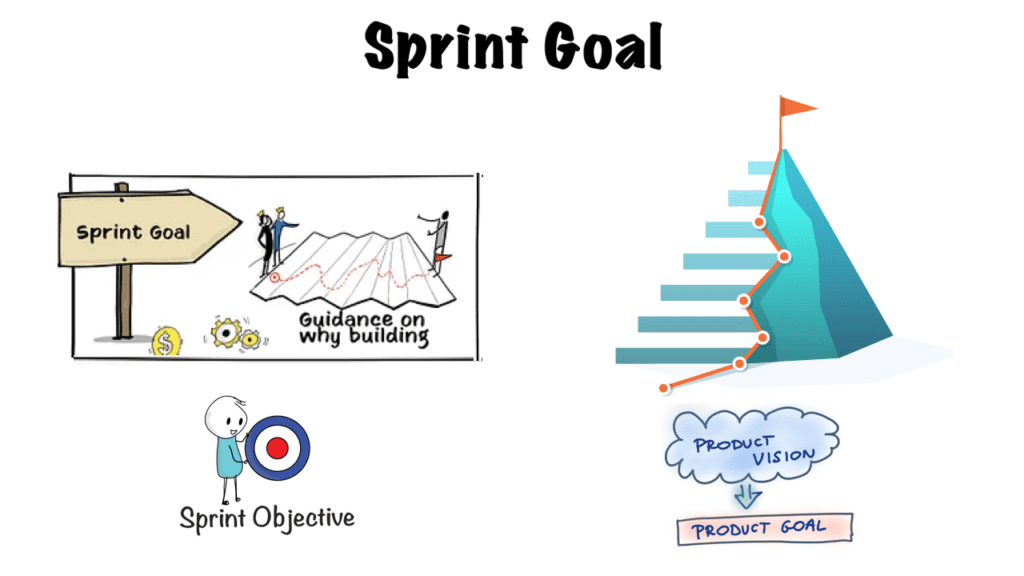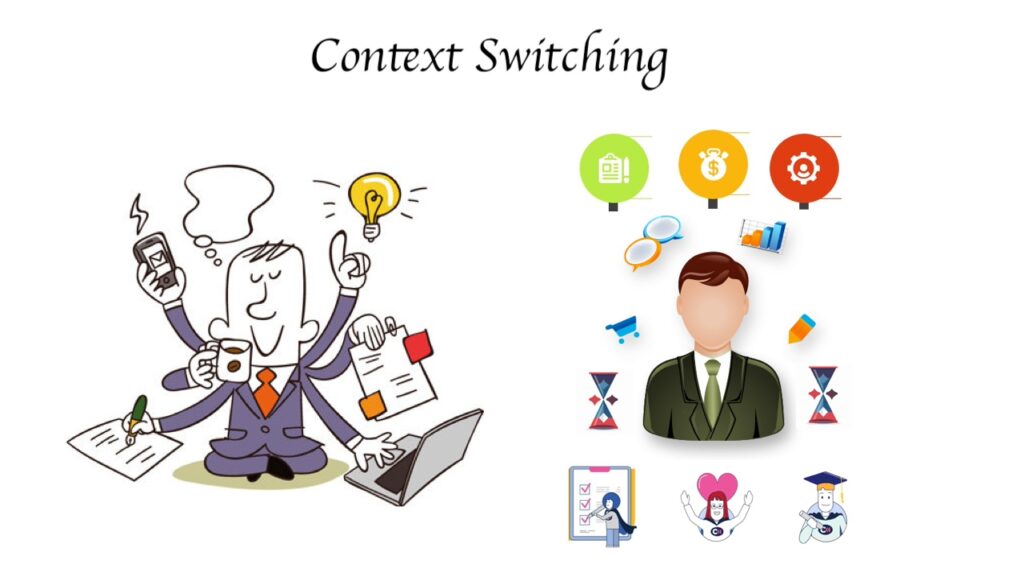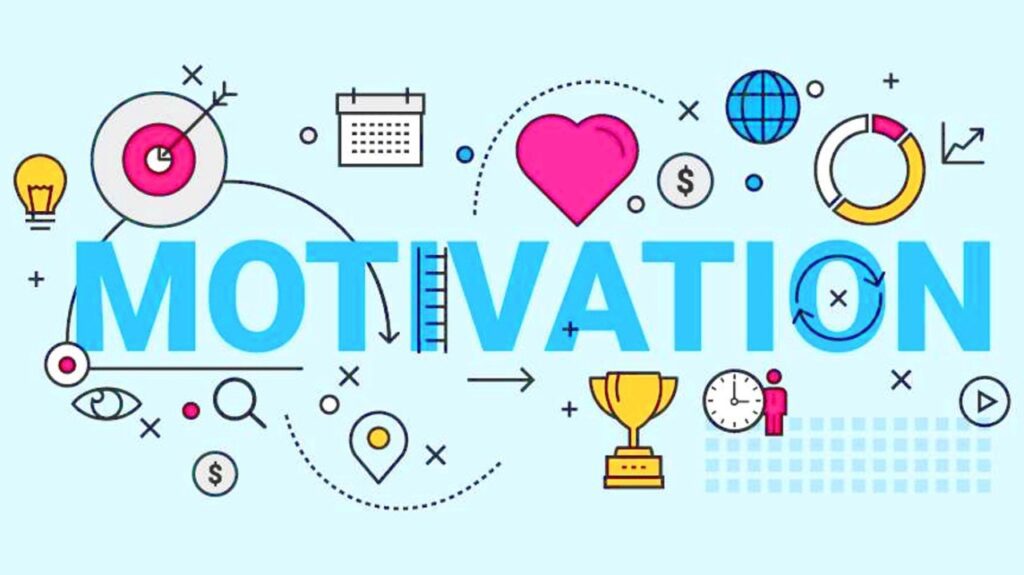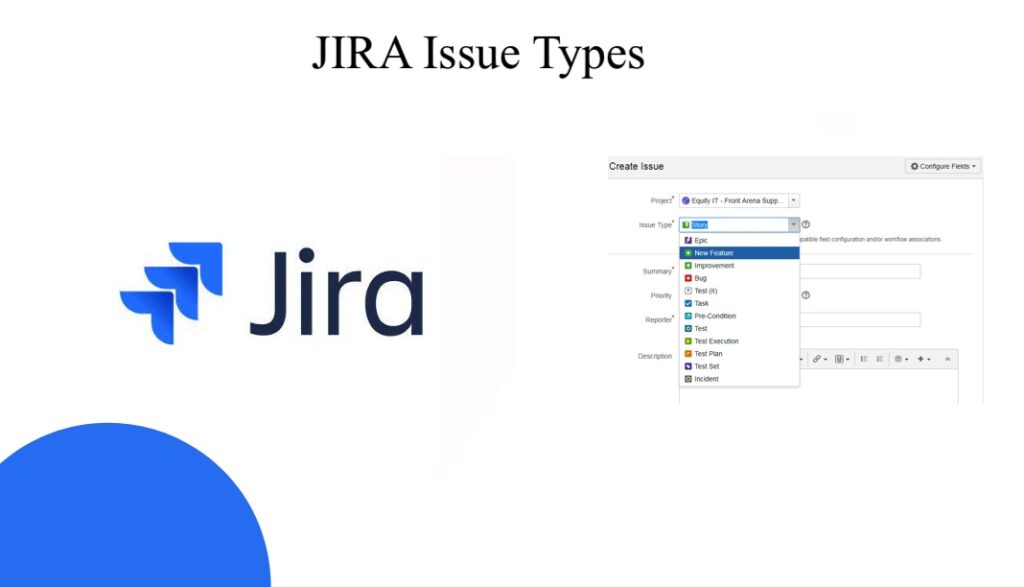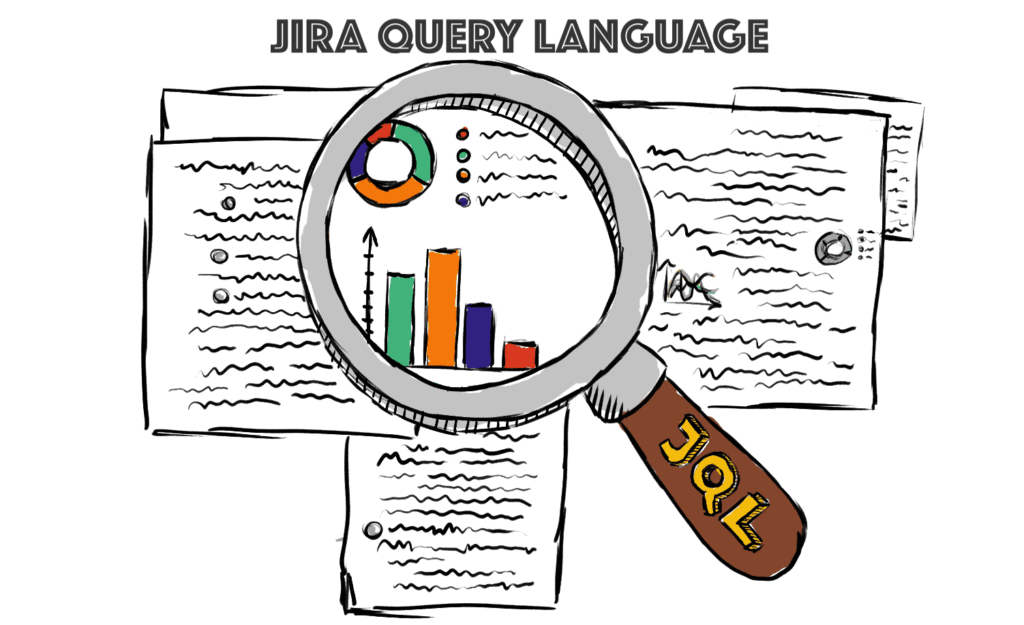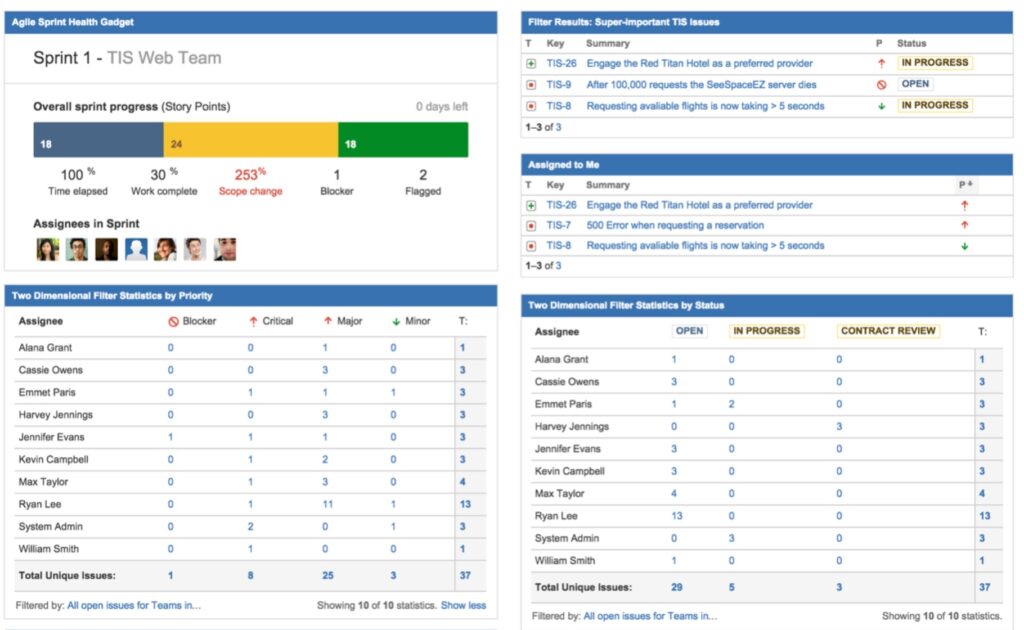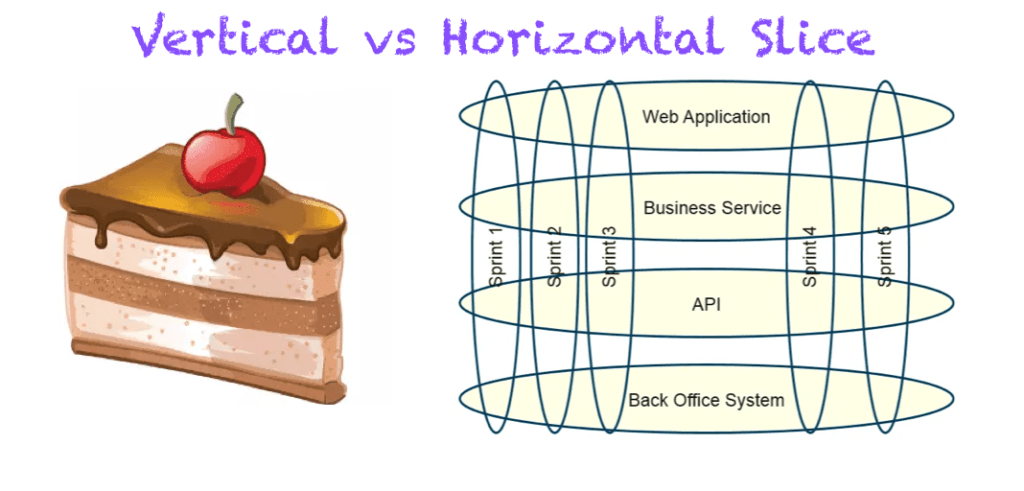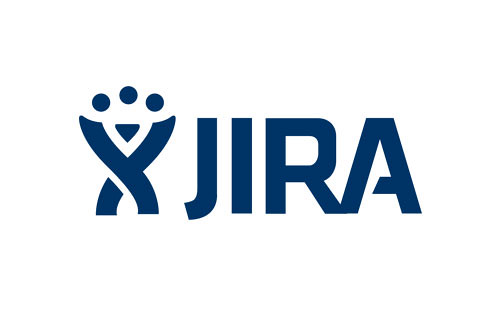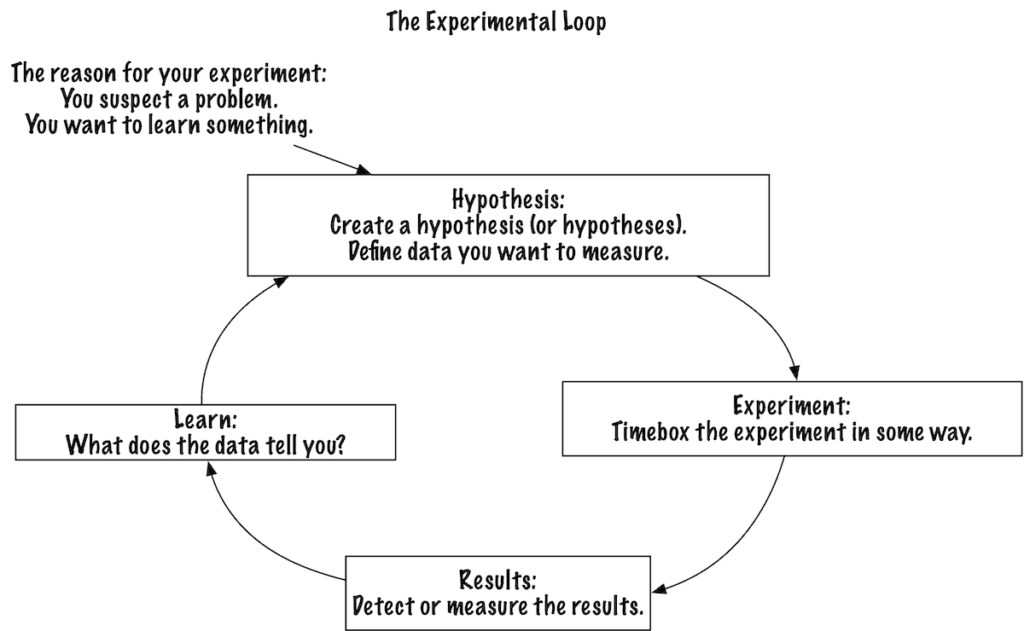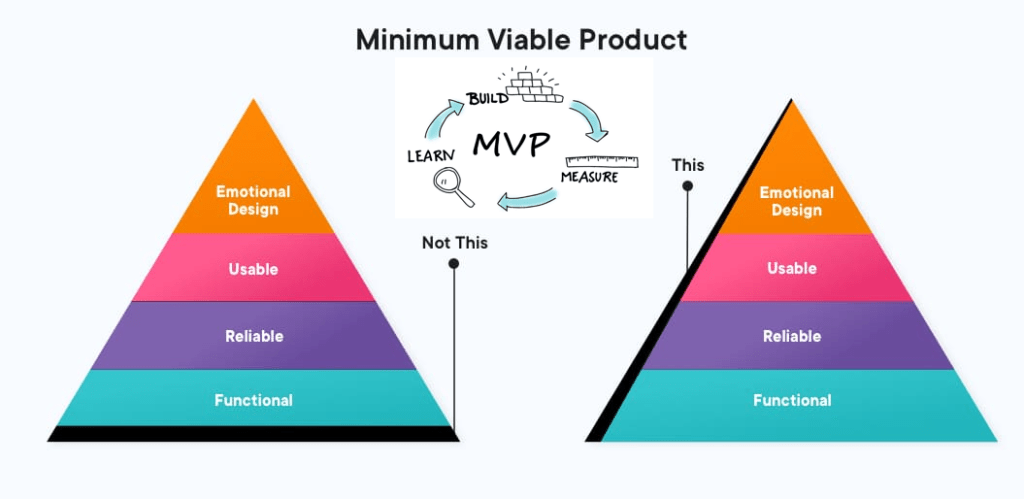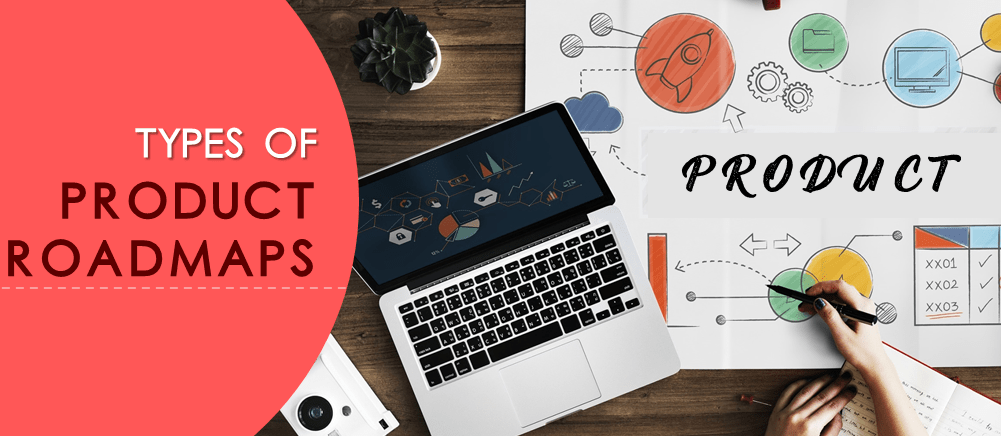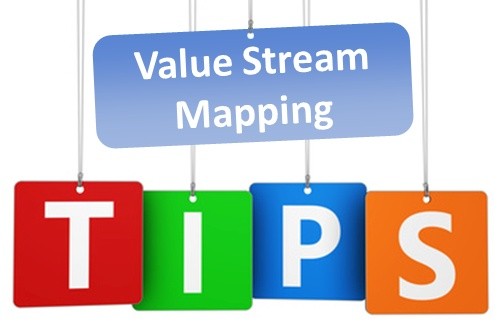Impediments: Examples and Strategies for Scrum Masters
Mastering impediments is crucial to the Scrum Master’s role in fostering a high-performing Scrum Team. Impediments are obstacles that hinder the progress of the Scrum Team in achieving its Sprint Goal. They can come in all shapes and sizes. They can be technical (missing resources, software glitches), organizational (unclear priorities, stakeholder interference), or even interpersonal […]
Impediments: Examples and Strategies for Scrum Masters Read More »


